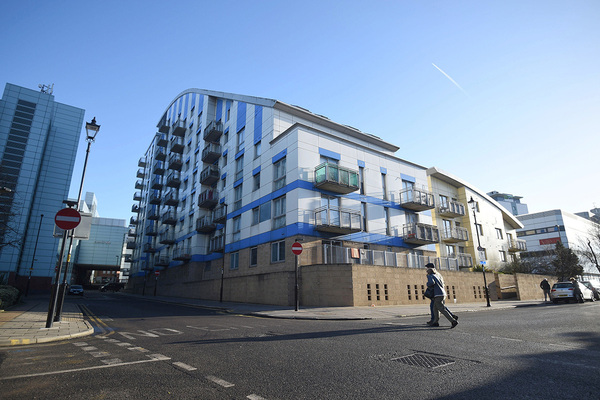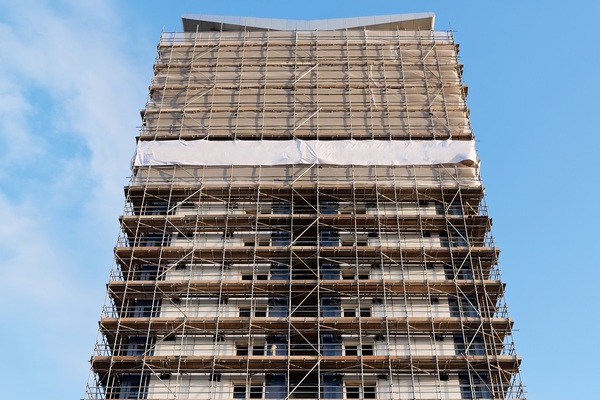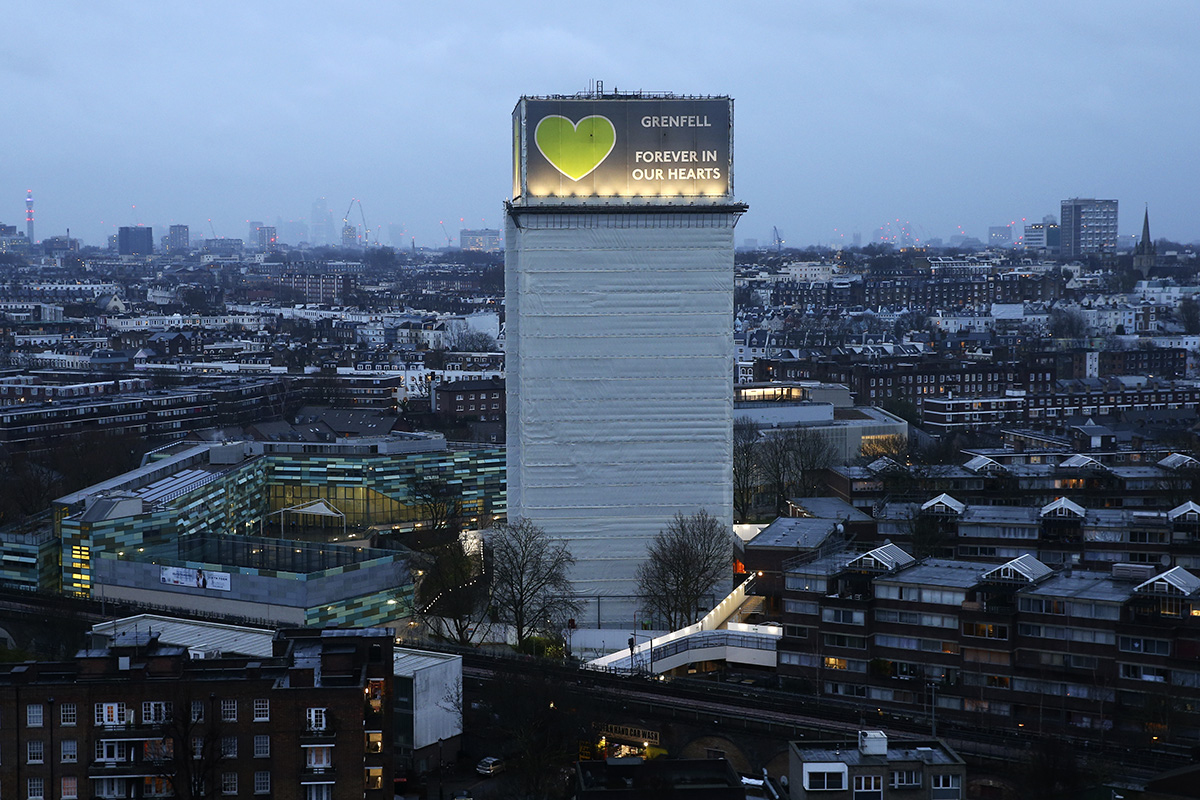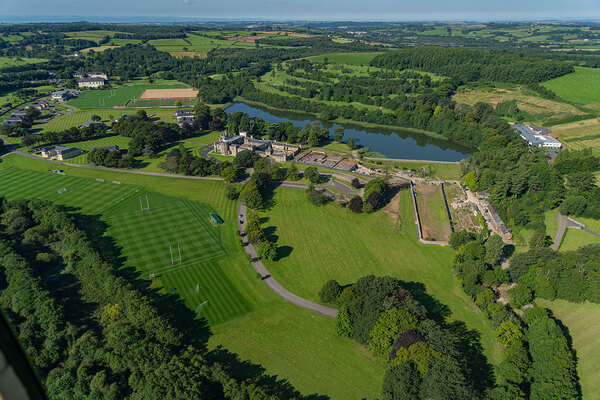More than a dozen tower blocks clad by Grenfell subcontractor stripped of dangerous ACM since fire
Grenfell-style cladding systems installed by the subcontractor that fitted the flammable materials on Grenfell Tower have now been removed from 14 other high rises across London in the years since the tragic fire, Inside Housing can reveal.

Analysis of Harley Facades’ work, three years on from the fire that killed 72 people, shows that a series of installation projects completed before the tragedy have now been completely undone under the government’s new building safety rules, which has cost taxpayers tens of millions of pounds.
Inside Housing has found that at least five of its installation jobs, with a combined original contract value of around £30m, have now been taken down. In some instances, the remediation work has cost taxpayers several times more than the original contract.
Harley Facades installed aluminium composite material (ACM) on Grenfell Tower during its refurbishment in 2015. The cladding has since been identified as a major factor in the rapid spread of the fire on the night.
The organisation is a core participant in phase two of the Grenfell Tower Inquiry. In January, the inquiry heard that the firm had exchanged emails with architects and fire safety consultants acknowledging that the cladding system would fail in a fire.
Of the 27 projects listed on Harley Facades’ website, Inside Housing has discovered that at least five have had cladding stripped completely. Another three blocks found to have ACM are yet to be remediated.
The projects that have been completely stripped include some of Harley Facades’ largest contracts which included work on 14 blocks.
The largest contract was a £16m deal for five towers at the Chalcots Estate in Camden, north London.
The estate, which contains 717 flats, hit the news when it was evacuated two weeks after the Grenfell fire, when the council discovered the towers were covered in Grenfell-style materials.
Rydon, the main contractor of the Grenfell Tower refurbishment before the fire, also managed the Chalcots Estate.
ACM cladding was fully removed in January 2018 and the council was later handed £80m from the government’s remediation fund.
Camden Council agreed a £90m contract with Wates in January last year to replace the cladding using money from the government fund. But the contract, which cost more than five times the initial installation contract, was retendered in May as costs began to spiral.
Another major contract for Harley Facades was for the installation of cladding on six tower blocks at a project in Little Venice, Westminster, for which the firm received £5.1m.
Westminster Council began removing the ACM cladding in September 2017 at a cost of £2.8m and agreed a further £3.8m in April 2019 to finish the job. Replacement work was due to begin in spring this year but work has been put on hold due to the coronavirus pandemic.
Castlemaine Tower in Wandsworth brought in £2.5m for Harley Facades, but the council had to pay a further £8.6m – more than three times the original cost – to remove the ACM cladding installed following the Grenfell fire.
Most of this work would have been funded through the government’s £400m ACM removal fund launched in May 2018.
Harley Facades was one of a number of organisations, including Studio E and Kensington & Chelsea Tenant Management Organisation, which in January appealed to the attorney general to ensure evidence they give would not be used against them in any criminal prosecution.
It came after the inquiry uncovered an email, dated 27 March 2015, which was sent by a Harley Facades employee Daniel Anketell-Jones to Ray Bailey, the sole director of the company.
The email read: “There is no point in ‘fire stopping’, as we all know; the ACM will be gone rather quickly in a fire! The whole point [of barriers] is to stop ‘unseen’ fire spreading in the cavity.”
Despite dangerous materials being removed from several towers blocks that were clad by Harley Facades, some systems remain in place.
Three private buildings in London still have ACM cladding in place at Premier House in Edgware, north London, Victoria Wharf, east London and a Novotel in Wembley.
Inside Housing understands that the freeholder of Premier House received funding more than six months ago but has been prevented from removing the cladding as developers on the neighbouring land have not given consent for contractors to erect scaffolding.
Other blocks have encountered issues while not having to remove the cladding in full. Merit House in Barnet was partly wrapped in non-ACM cladding but building owners had to add firebreaks behind the cladding to make it safe.
Meanwhile, a programme of “intrusive surveys” are being carried out on a block owned by social landlord A2Dominion in east London to assess whether the system met the building regulations that were in force at the time the building was built.
The housing association clarified that this is a different cladding system than the one used at Grenfell Tower.
Harley Facades and its lawyers have been approached for a response.












